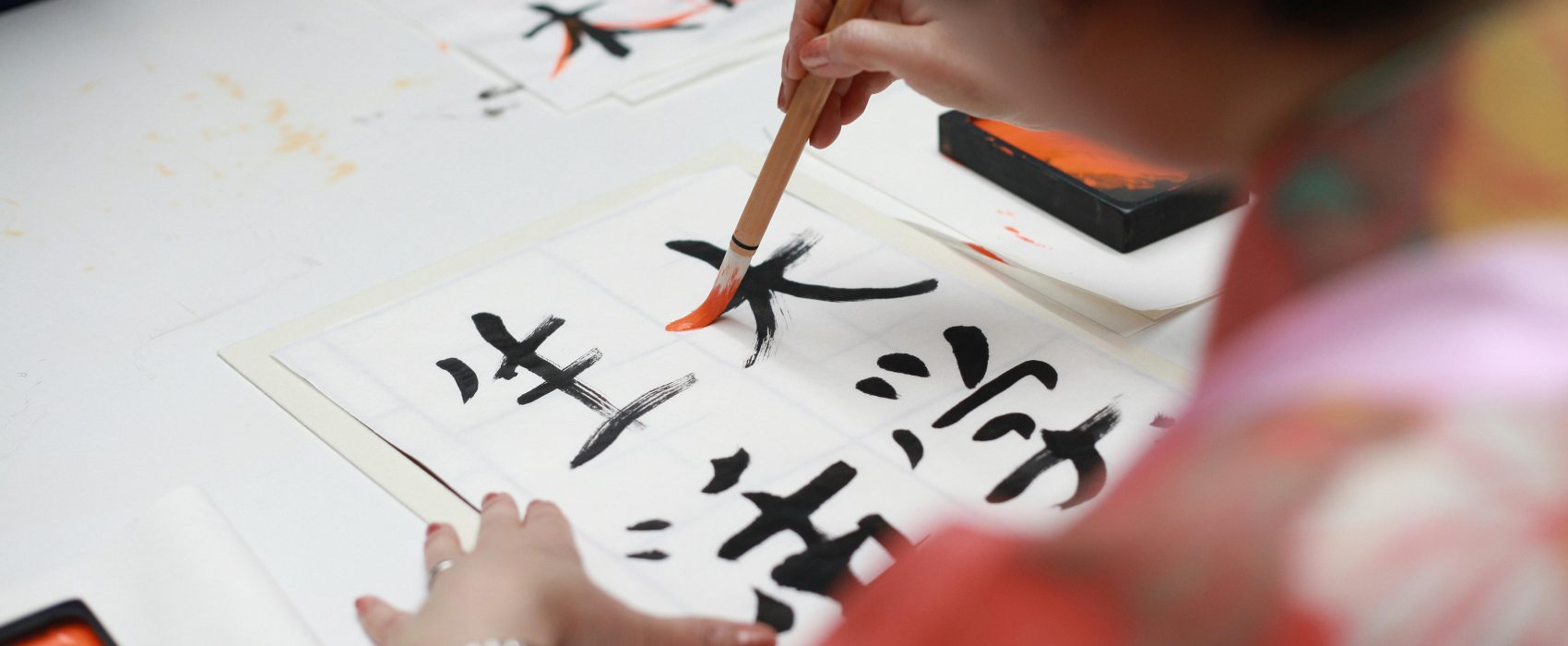Japanese into English | The Common Mistakes When Translating
Translating Japanese into English presents a unique set of challenges due to linguistic differences, cultural intricacies, and varying expressions. While translation is a vital tool for global communication, several common mistakes can compromise the accuracy and effectiveness of the translated content. In this article, we will explore these challenges and provide insights on how to avoid the most frequent pitfalls.
Literal Translation Pitfalls when Translating from Japanese into English:
One of the most common mistakes is adhering too closely to literal translations. Japanese often relies on context, implied meanings, and cultural nuances, making a word-for-word translation impractical. Translators must prioritize conveying the intended meaning rather than strictly sticking to literal interpretations to ensure clarity and coherence in English.
Ignoring Politeness Levels:
Japanese has a nuanced system of politeness, known as “keigo,” which includes different levels of formality and respect. Translators may overlook these distinctions, resulting in a lack of politeness or an inappropriate level of formality in English. It is crucial to understand the context and appropriately adapt the level of politeness to align with English language conventions.
Neglecting Cultural Nuances:
Japanese language and culture are deeply intertwined, and translations that overlook cultural nuances may lead to misunderstandings or misinterpretations. Translators must be aware of the cultural subtleties, idioms, and social hierarchies embedded in Japanese to convey the intended message accurately in English.
Misinterpreting Honorifics:
Japanese employs honorifics, such as “-san,” “-sama,” or “-sensei,” to convey respect and politeness. Translators may struggle to find appropriate English equivalents or may omit them altogether, resulting in a loss of nuance and cultural richness. Adapting honorifics to English expressions that convey similar levels of respect is essential.
Mismanaging Verb Tenses:
Japanese often relies on context to convey verb tenses, leading to potential confusion when translating into English, which requires explicit verb tense indications. Translators should pay close attention to verb tenses, ensuring that the English translation accurately reflects the temporal nuances conveyed in the original Japanese text.
Translating Japanese into English requires more than linguistic expertise; it demands an understanding of cultural subtleties, politeness levels, and linguistic nuances. By avoiding common mistakes such as literal translations, neglecting politeness levels, overlooking cultural nuances, misinterpreting honorifics, failing to address pronoun ambiguity, and mismanaging verb tenses, translators can produce accurate and culturally sensitive translations that effectively bridge the gap between Japanese and English communication.
Contact VEQTA’s translation team today for assistance with all of your Indonesian translation requirements. We can support your translation requirements in over 200 languages.


